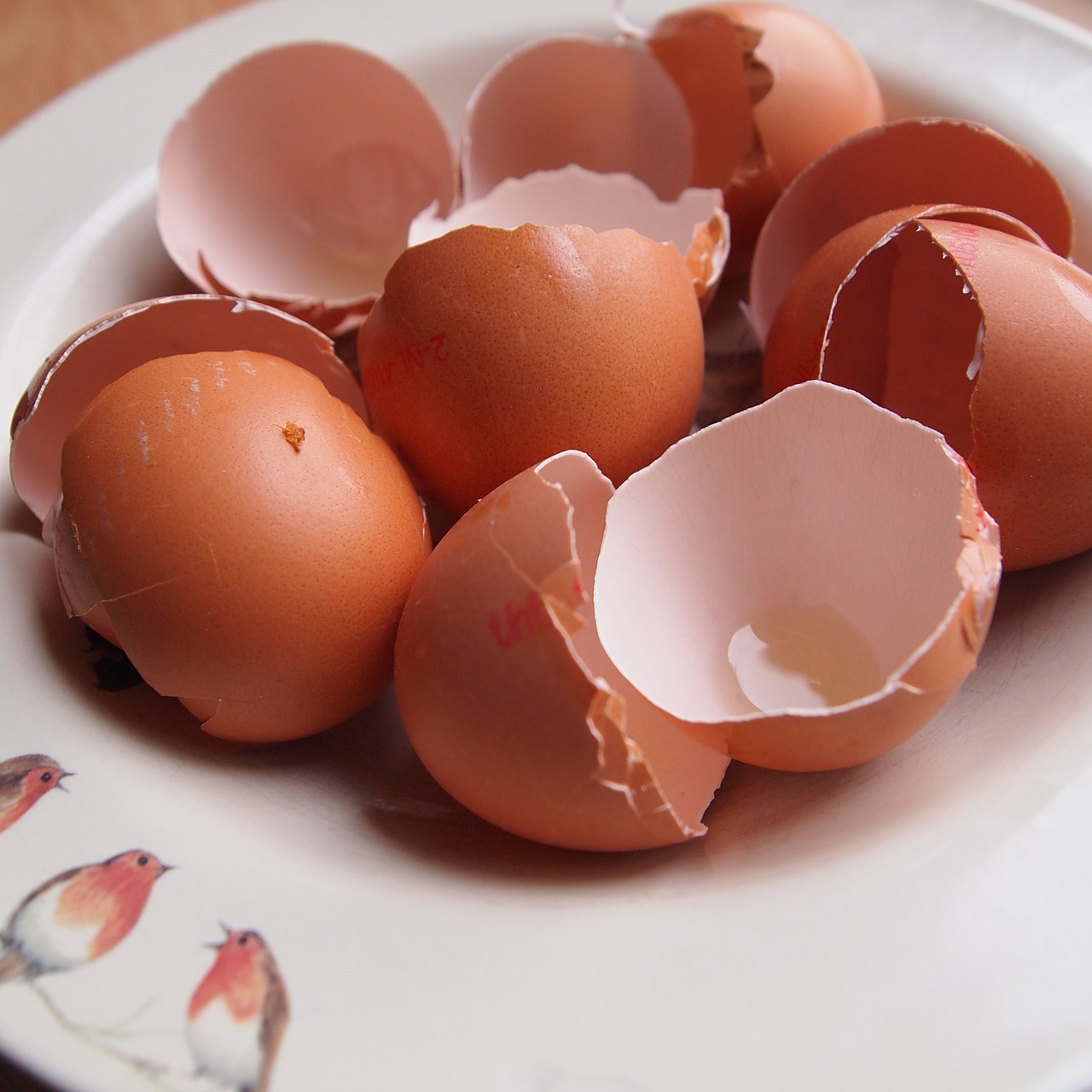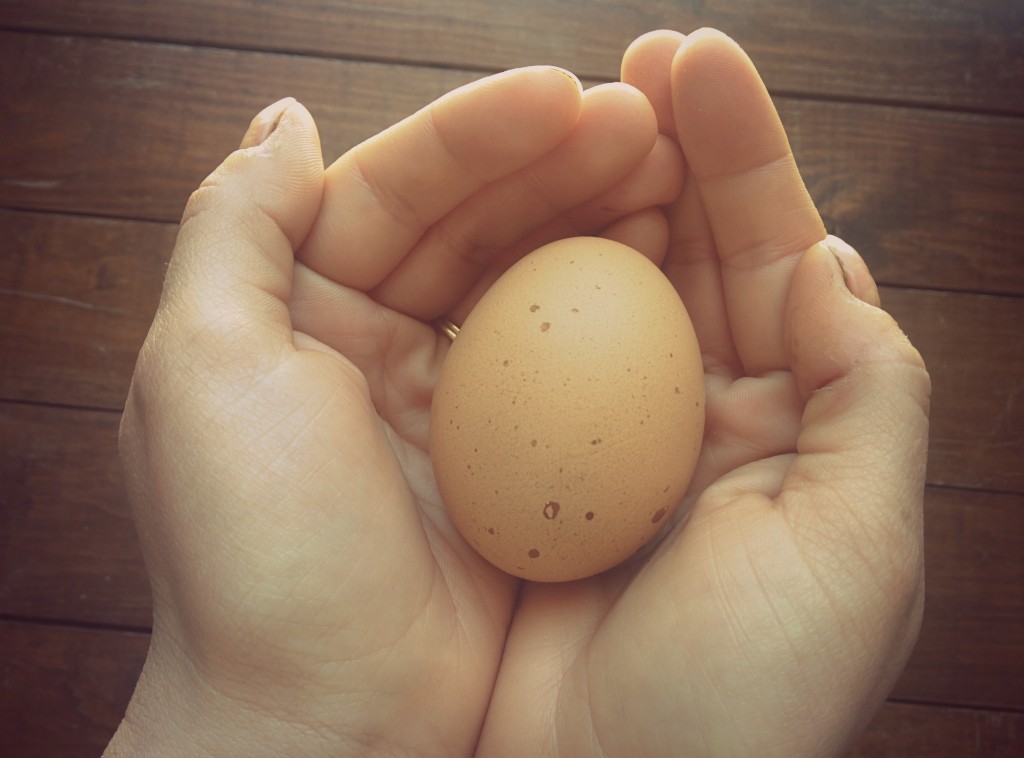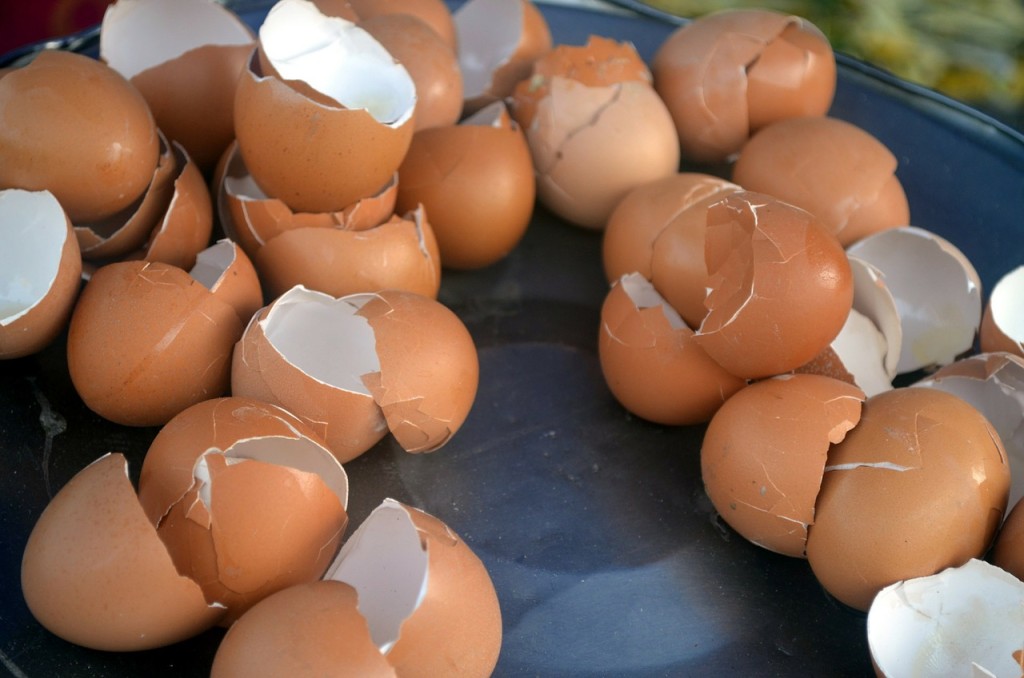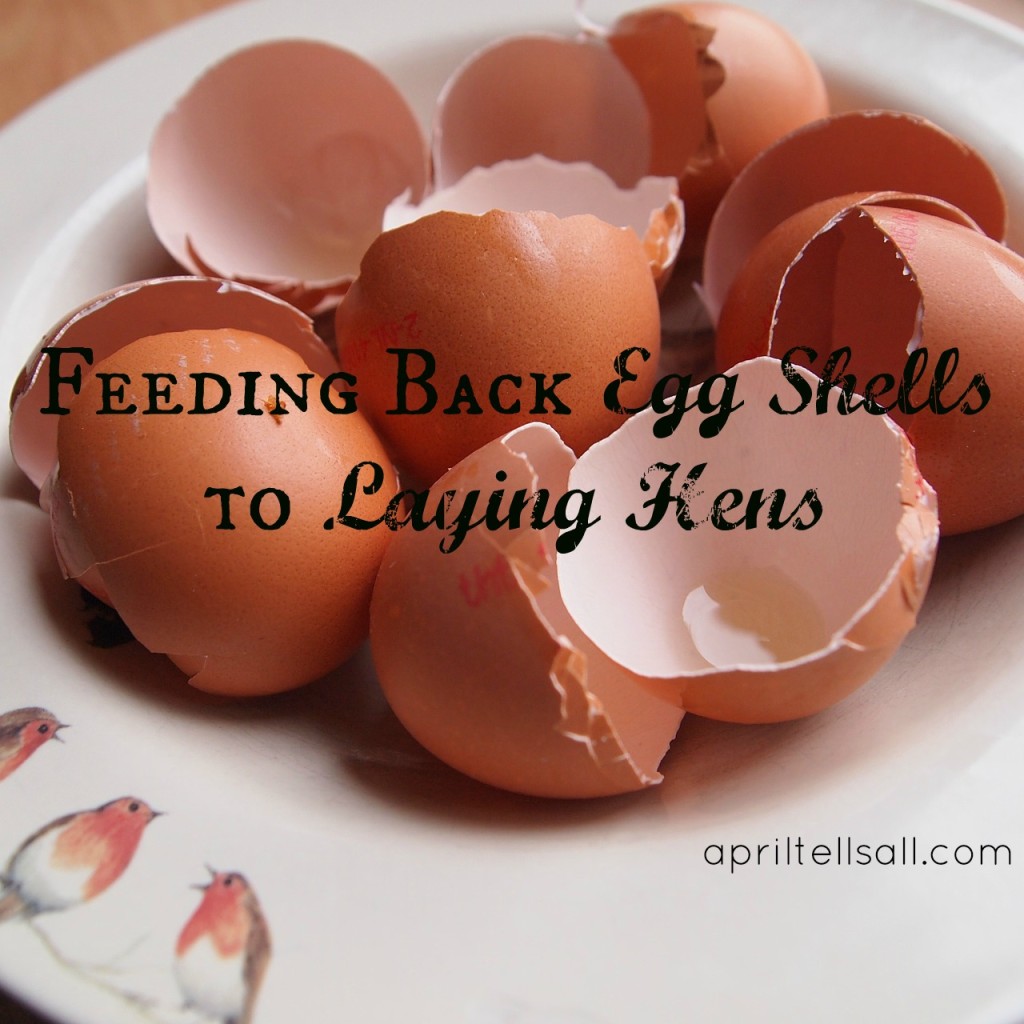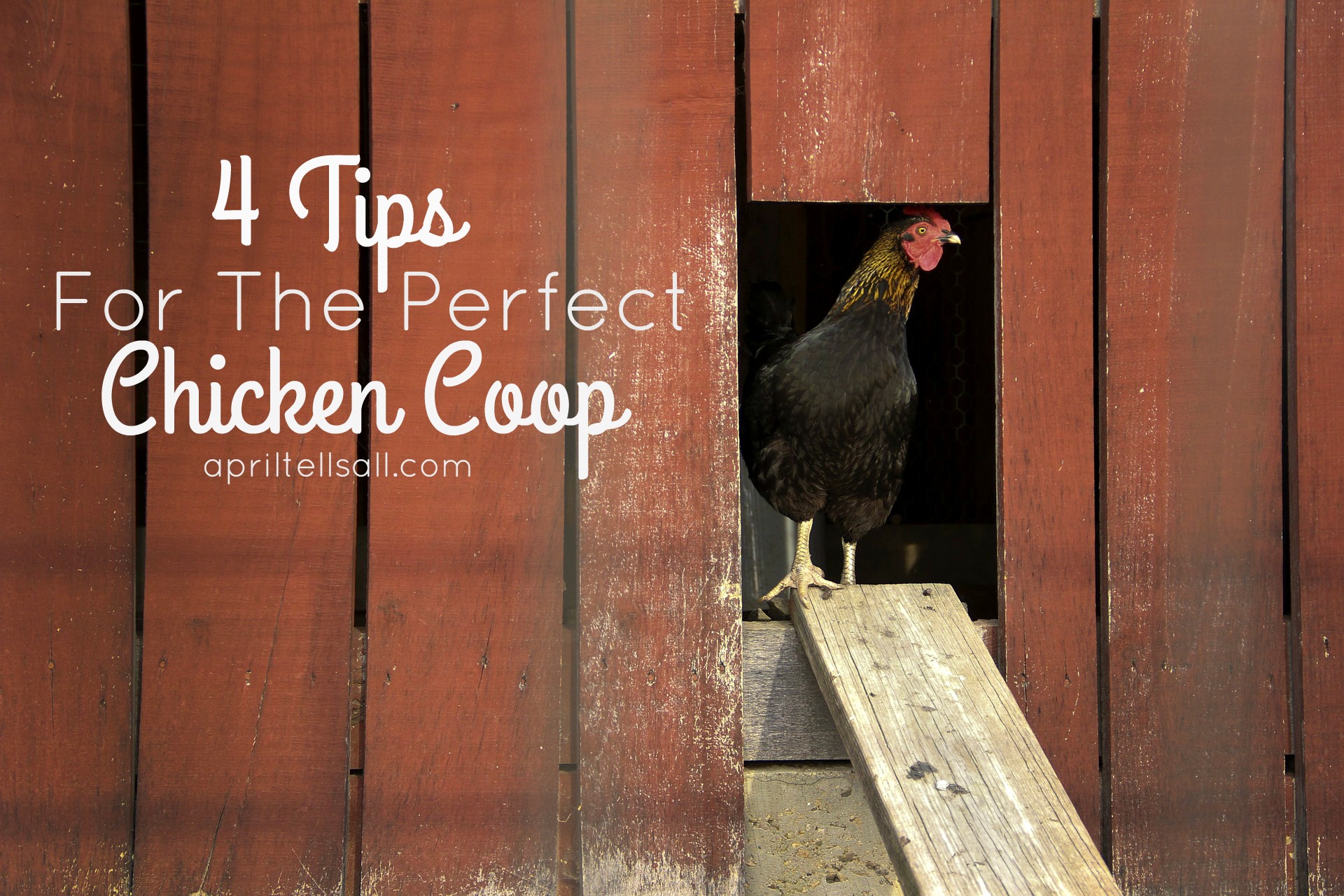There are somethings that I know that I tend to think everyone else knows too.
Ya get me?
Like where tomatoes come from (ok that’s an easy one), or how to make mayonnaise (I’ve done it in my sleep, only to be startled wide awake when I turn on the blender. Seriously it’s better than caffeine), or that laying hens need calcium to keep giving good and healthy eggs.
But then I realize that like a year ago I didn’t know that chickens needed calcium to keep up with egg production.
So I figured it was high time I shared my knowledge, because thankfully someone shared it with me! We backyard farmers/homesteaders/farmers/chicken enthusiasts gotta stick together!
To put it easily hens need calcium so that they can make those lovely egg shells. If they are low on calcium you run the risk of soft egg shells or no egg shells, and this can also lead to the hen having problems with impacted eggs.
Which is bad. Very bad.
So to keep your hens and their bodies happy, you need to feed a calcium supplement. Now by calcium supplement I do not mean a mineral tablet that you get at the drug store.
There are two main sources of calcium for chickens: oyster shell which you can buy from the feed store, or egg shells. Here on this ol’homestead we go with egg shells.
Feeding egg shells back to hens has gotten a bad rap because a lot of people claim it makes the hens hungry for eggs. And nobody wants an egg eating hen!
We’ve never had that problem here, so maybe it is in the way the egg shells are prepared for the hens.
Here is how we do it:
1. The Rinse:
After cracking an egg we rinse out the shell and let them dry for a few hours on the counter. They then get put into a bucket under the sink. I bake eggs shells for our hens several times per week as we use a lot of eggs here. If you aren’t going through them that fast then you’ll probably want to store the shells in the fridge. You don’t want them to start to rot.
2. The Bake:
Once I have a fair amount of egg shells, I put them into a casserole dish and bake them at 350°F for 10 minutes. Don’t skip this step! It will kill off any bacteria on the shells (like salmonella), and it makes the calcium more readily available to the hens body. So bake away! Then let cool.
3. The Smash:
Once cool I smash them into little pieces.
4. The Feed:
Feed to the hens.
Seriously that is all there is to it. We find eggs shells to be the best calcium source here because it’s using up something that we already have lots of, it’s free, and our hens really enjoy it.
So here’s to happy eggs and healthy hens.

